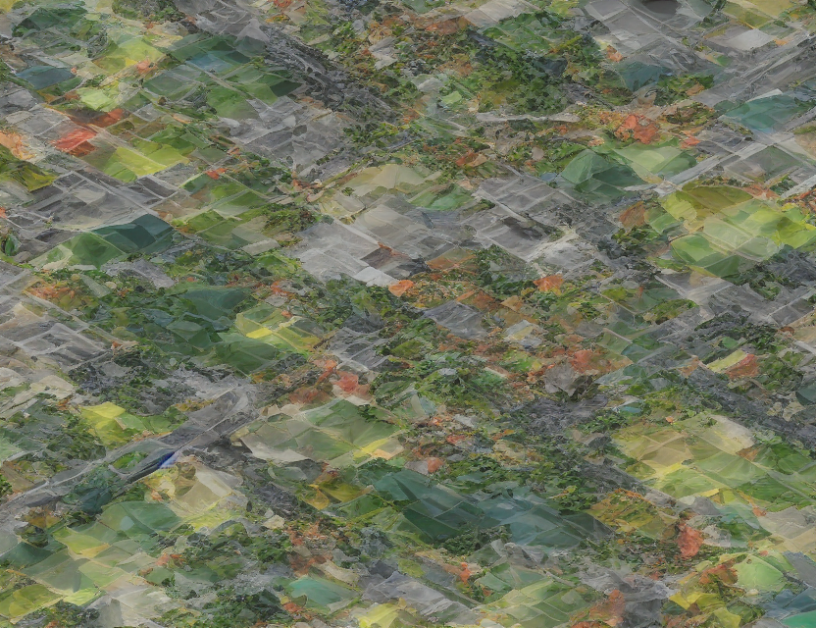In this article, we present a new approach to generative modeling called free-form flows. Traditional normalizing flows rely on invertible neural networks (INNs) that transform data into latent codes, but these models are limited to specific architectures. Free-form flows overcome this limitation by modifying the traditional flow architecture to work with any feed-forward neural network.
Imagine a car navigating through uncharted territory. The car’s GPS system provides the driver with an outline of the road ahead, allowing them to avoid obstacles and reach their destination safely. In the same way, free-form flows provide a map for the generative model to navigate through the complex landscape of data. By modifying the traditional flow architecture, we can make any neural network into a normalizing flow, allowing it to learn an invertible transformation from data to latent codes.
The key insight behind free-form flows is that the invertibility of the flow is not limited to the feed-forward network itself but rather to the entire architecture of the model. By combining this idea with the powerful toolkit of normalizing flows, we can create a generative model that is both flexible and efficient.
In summary, free-form flows offer a novel approach to generative modeling by modifying traditional normalizing flows to work with any feed-forward neural network. This allows for greater flexibility in model design and enables the use of powerful feed-forward networks in generative applications.
Computer Science, Machine Learning
Riemannian Flows and Generative Models: A Survey



